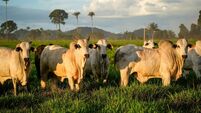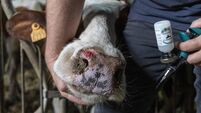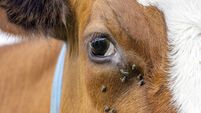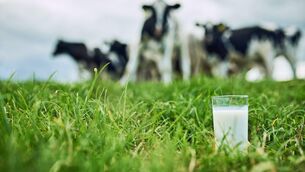Teagasc advice: Cut back the costs that eat into sales

Controlling farm costs is a key part of farm management.
Substantial rises in farm gate prices for beef and lamb in recent years have been eroded by a greater increase in farm input and services prices, for fertiliser, concentrates, plastic, veterinary products, electricity, etc.













